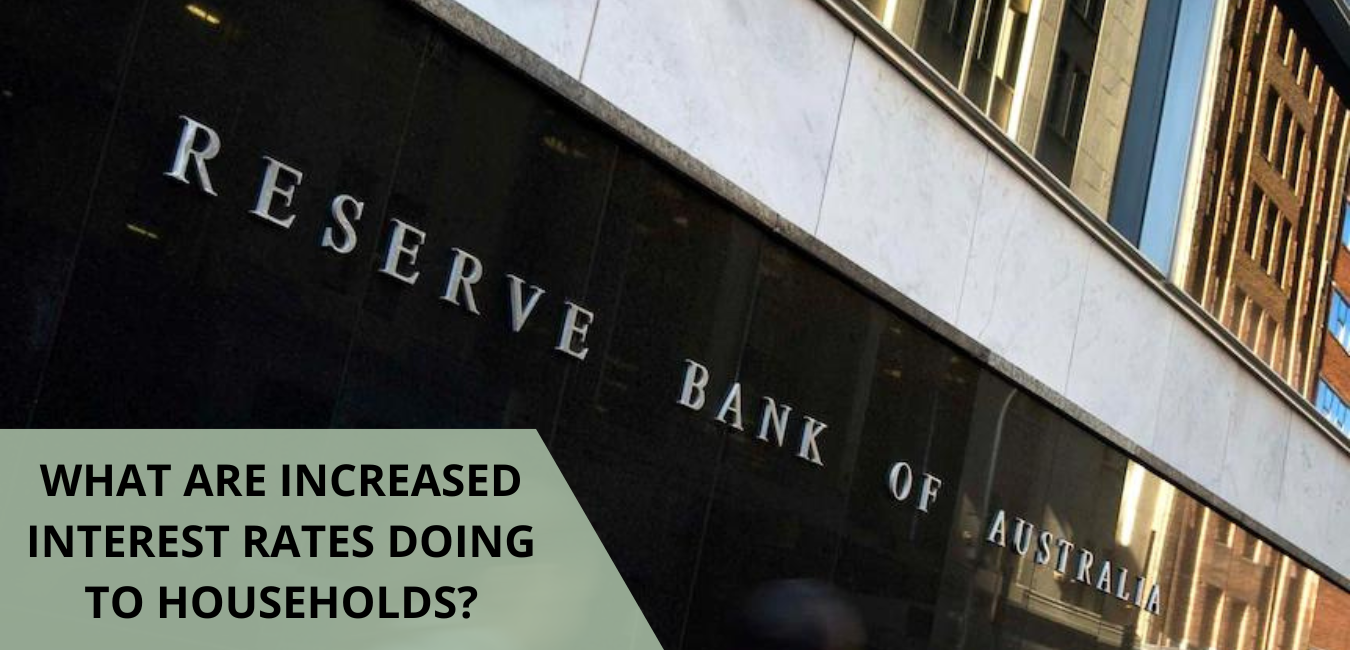
As the global economy continues to look like we are going through a slump, many central banks around the world, including the Reserve Bank of Australia (RBA), have begun to gradually raise interest rates. This is a normal and expected part of the economic cycle, as central banks aim to keep inflation under control and maintain financial stability. However, the rising interest rates can have a significant impact on Australian households, especially those with mortgages or other forms of debt.
One of the main ways that rising interest rates affect households is through increased borrowing costs. As interest rates rise, the cost of borrowing money also increases. This means that if you have a mortgage or other loan with a variable interest rate, your monthly payments will likely go up as well. For example, if you have a $300,000 mortgage with a 4% interest rate, your monthly payments would be around $1,432. If the interest rate were to rise to 5%, your monthly payments would increase to around $1,550. Use this online tool to calculate what your repayment will be when interest rates increase.
This can be a significant burden for households, especially for those who are already struggling to make ends meet. It can also make it more difficult for people to afford to buy a home, as higher borrowing costs can make it harder to qualify for a mortgage.
Rising interest rates can also have an impact on the value of investments, such as stocks and bonds. When interest rates are low, investors may turn to riskier investments in search of higher returns. However, as interest rates rise, these riskier investments may become less attractive, as the returns on safer investments like bonds become more competitive. This can lead to a decline in the value of stocks and other investments, which can affect the wealth of households that have a significant portion of their savings invested in these assets.
Another way that rising interest rates can impact households is through the cost of credit card debt. Many credit cards have variable interest rates that are tied to the prime lending rate, which is influenced by the RBA’s interest rate decisions. As interest rates rise, the cost of carrying a balance on a credit card can also increase. This can be a particular concern for households that are already struggling with high levels of credit card debt, as it can make it even more difficult to pay off their balances.
Despite these challenges, there are steps that households can take to mitigate the impact of rising interest rates. One option is to consider refinancing your mortgage or other loans to a fixed interest rate. This can help to lock in a lower interest rate and provide some protection against future rate increases. It’s important to carefully consider the terms and fees associated with refinancing, as well as your own financial situation, before making a decision.
Another option is to focus on paying down debt as quickly as possible. By making extra payments on your mortgage or other loans, you can reduce the amount of interest you pay and potentially save thousands of dollars over the life of the loan.
A lot of people are wondering what raising interest rates (Interest rate day of writing is 3.1% Live Australian interest rates) are going to do the real-estate market. And the ultimate message we all need the understand is that interest rates going up may reduce property prices in the short term, but its anyone’s guess. But, over the long term the asset class will continue to go up!

